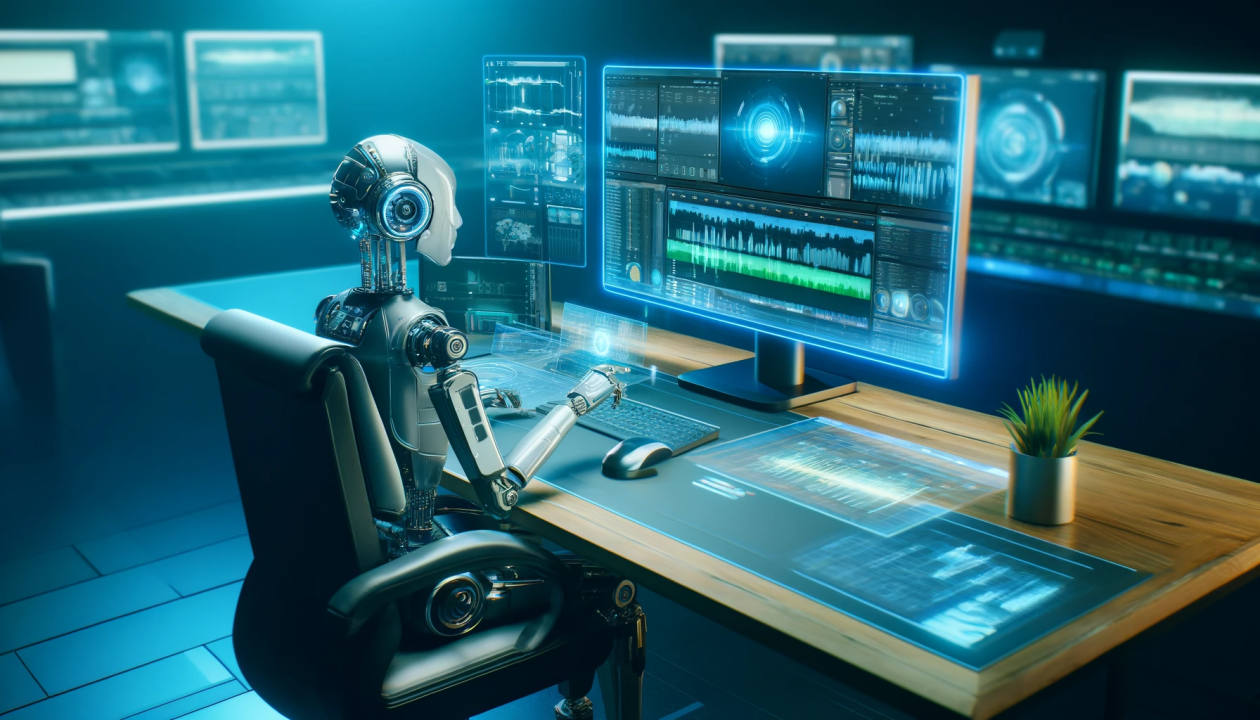More than a year ago, video production of all kind came to an unforeseen halt and put many production professionals out of work. Pandemic created a negative disruption across industries, including ours. According to an annual report by consultants Ernst and Young, total revenue for India’s media and entertainment industry — covering all sectors including film, digital, TV, music, print, animation and gaming, among others — fell by 24 percent in 2020 itself.
Now with a year gone by in adapting to the challenging circumstances and especially after the second wave of the pandemic, the strategy to return to the set needs an update. This time its not going to be business as usual with just a mask on, video production services will have to be fundamentally changed in important ways to ensure safety of everyone on the set.
As and when the situation improves in the country and we start seeing an ease in restrictions and lockdowns in our cities. Production houses, studios, agencies and all different professionals need to be ready to adapt to the new ways of being on a set. Well, not just being on the set but how to even get to the set. Being a studio, which has facilitated production of all shapes and sizes in the past year, here is a list of processes and protocols that we believe are going to be essential to any video production for a foreseeable future.
1. Vaccinate the Crew
India has started the largest COVID-19 vaccination drive in the world with all people above the age of 18 now eligible to receive doses of any of the available vaccines. We can’t stress enough on how important this is for things to get better in the long-run. Production houses, creative agencies, equipment vendors etc. weather big or small, should ensure that their crew is vaccinated. There needs to be an active effort from the management to ensure that vaccination no longer stays optional for any production professional.
2. Testing is important
As we know that vaccination is not an antidote and people can still be infected even after they’ve been vaccinated. Regular testing needs to be the protocol for on-ground production staff. Obligations to submit COVID-19 tests mustbe implemented in contracts with individual members of crew, as well as anysanctions and liability for damages in case of non-compliance.Tests according to the doctor’s recommendation must be in the form of swab, not rapid tests, which have low reliability.
3. Practicing COVID Safe Behaviour on Set
While we all have implemented covid safe behaviour on set over the past year, this time there needs to be stricter measure to ensure compliance to all the guidelines. Only wearing a mask is not enough or only following social distancing is not enough, there needs to be a complete compliance from cast and crew to all the guidelines. Few guidelines such as these should not at all be overlooked.
- Ensuring availability of personal protection equipment such as face masks, gloves, face shields, sanitizers etc.
- Anyone exhibiting COVID-19 symptoms must not be permitted on set.
- Anyone developing symptoms while on set should immediately be isolatedin a designated isolation room
- Sanitization of the shoot premises and filming equipment being used.
- Creating designated zones for different personnel as per their work to ensure social distancing
4. Remote Crew
After more than a year of being forced to work remotely, I think we all have become better at getting work done remotely. Professionals who are not required to be in the studio or location for the shoot should work remotely. For example, people involved in coordination related work, clients who need to approve shots, post-production crew etc. should work remotely. Make use of live-streaming and video conferencing solutions available for keep everyone in loop during the shoot. We believe this can significantly aid any production process and keep people safe.
5. Transportation for Crew to Set
It is important for us to recognize that the health and safety protocols need to followed not just in the studio or location but also while travelling. The crew and production staff should avoid public transport as much as possible, production managers and line-producers should ensure that their crew is travelling safely from there home to the studio/location. Making sure the crew is travelling safely and following all traffic movement guidelines is important.
As the pandemic has taught us, nothing challenges established practice quite like a crisis. Crises like these tell us what matters the most. Our nation and people have been affected by the pandemic in a way we never imagined. At this point, all of us personally know someone directly or indirectly who has fought with this disease and someone who lost it. There is no clear answer to when things will return to normal but with great resilience and adherence to key health regulations we can slowly expect to move in the right direction.




